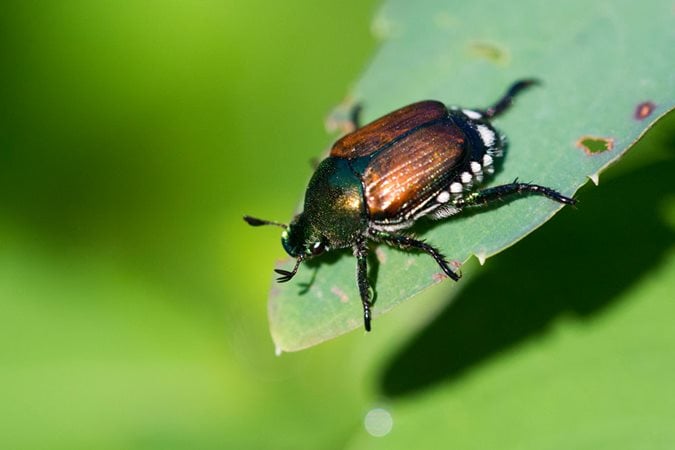japanese beetle life cycle wisconsin
A small amount of feeding is done in spring and grubs pupate in May and early June. With the Stateline Areas warm spring this year and warmer on average winters we should expect to see many many more.
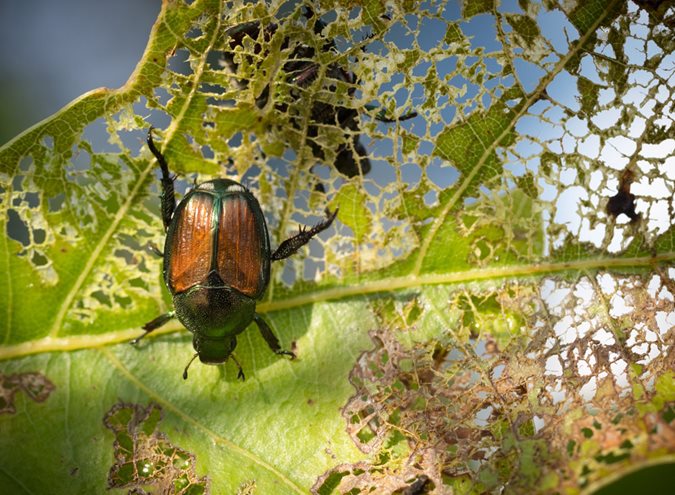
How To Get Rid Of Japanese Beetles Garden Design
Phil Pellitteri UW Insect Diagnostic Lab Department of Entomology College of Agricultural and Life Sciences pellitteentomologywiscedu 608 262-6510.
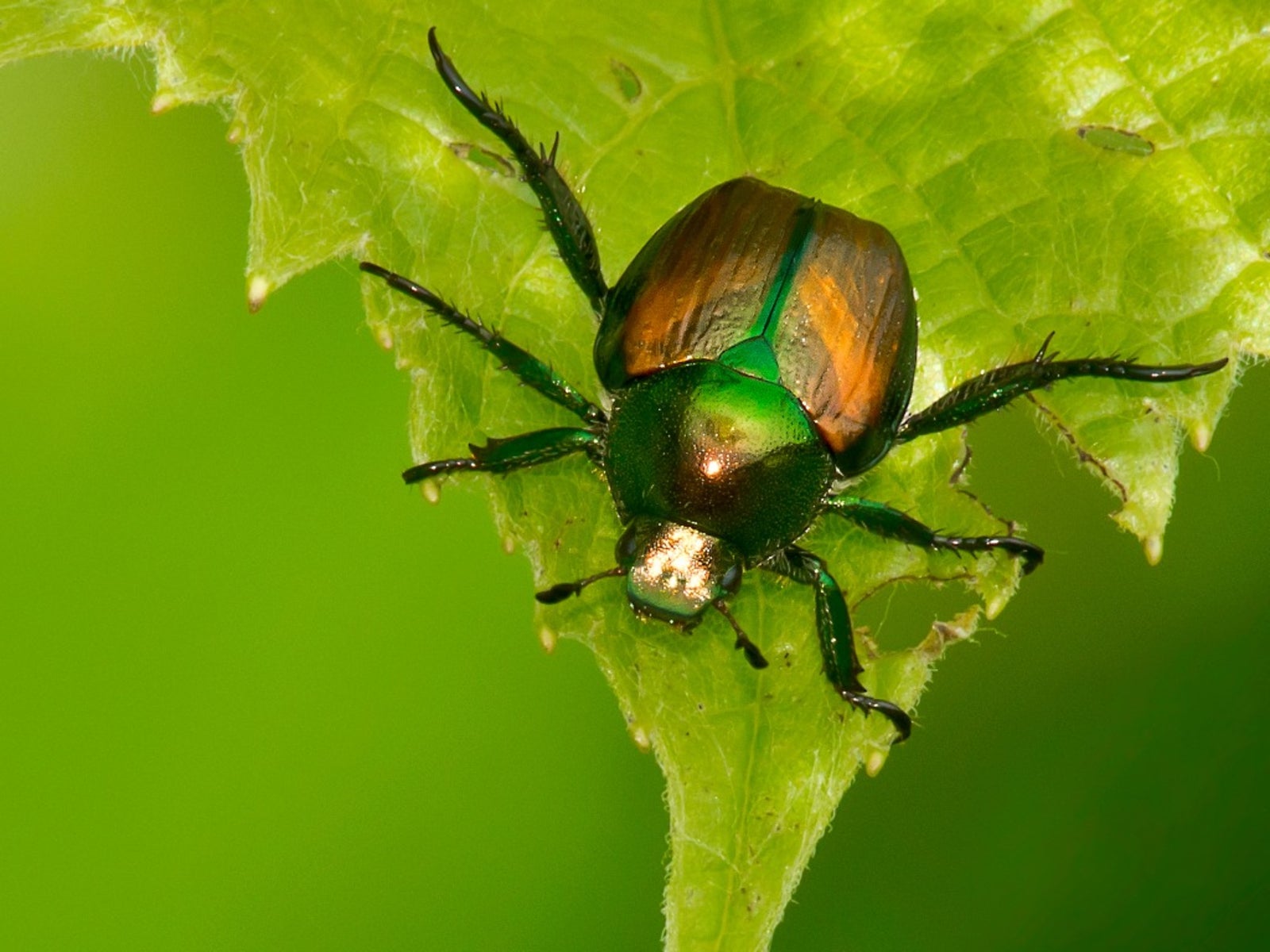
. The life of adult beetles is relatively short under high temperatures and long under low temperatures Fleming 1972. During their summer feeding frenzy the female Japanese beetles are also tunneling into the ground to lay their eggs which will hatch during mid-summer. The Japanese Beetle has been observed to seek climates between 64 and 82 degrees Fahrenheit and winter soil of around 15 degrees Fahrenheit.
The grub stage can further be sub-divided into three instar stages and is the longest of all stages in the life of a Japanese beetle. Japanese Beetles are the number one pest plaguing yards and gardens across Wisconsin right now. Adult beetles are most active on warm sunny afternoons.
The first beetles out of the ground seek out suitable food plants and begin to feed. Liesch Director of the UW Madison Insect Diagnostics Lab will present everything homeowners need to know about this pest via YouTube Live on Monday July 27 from 200-300 pm. Damage will appear in later.
The generally accepted range is 30 to 45 days Fleming 1972. Cultural Control Hand Picking. Weve had a much longer Spring here in Virginia and a much cooler summer with nighttime temps being in the high 50s at times and almost always in the 60s.
These early arrivals begin to release an aggregation pheromone odor that attracts additional adults. One of the more common questions directed to the Horticulture Help Desk is how to deal with the dreaded Japanese beetle. Japanese Beetles Considerations for Corn and Soybeans.
The egg larva and pupa life cycle stages develop underground and unless soil is removed or dug into these life stages will not be seen. The Japanese beetle has a four-week life span running from late June until early August according to a report by the Colorado State University Extension. Japanese beetles typically show up in early July and by the number of.
All MayJune beetles in Wisconsin have three-year life cycles except for the widely distributed Phyllophaga tristis which has a two-year life cycle. If we have a period of above average rainfall the treatment will last a little shorter period of time below average rainfall and it will last longer. May 21 2021 - Japanese Beetles in the Landscape.
Females leave ornamental plants where they. Studies with Japanese beetles under captivity have shown variations as wide as nine to 74 days in males and 17 to 105 days in females. Adults are very destructive as they feed on the foliage of a wide variety of plants over 350 species while larvae damage the roots of turf and ornamental plants.
Damage- The c- shaped grubs feed on the roots of grasses. SCHREAD The Japanese beetle was found in rhe United States for the first time at Riverton N. 013 Japanese beetle likely to spread more 054 What to do with them 212 Life cycle of the Japanese beetle 230.
They have great details regarding life cycle. The life cycle of the Japanese beetle is typically one year in most parts of the United States but this can be extended in cooler climates. Adults typically begin to emerge in late June or early July around 1000 growing degree days see University of Wisconsin Garden Facts XHT1086 Degree Day Calculation and can be found into September.
This is not a message to get out and spray your fields with an insecticide to control Japanese beetles if numbers. The high number of Japanese Beetles emerging might result in some corn and soybean fields or parts of some corn and soybean fields needing to be treated with an insecticide. You can identify Japanese beetles by their metallic green bodies and bronze wings.
Adults emerge in late May and early June and are active in the evening hours. However some adults may be found into September. Published on July 23 2020 by vkast.
Japanese Beetle Life History Japanese beetle has a one year life cycle. Japanese beetles remain frustrating. Control Strategies Adult Control Option 1.
In mid-June as soon as they emerge adult females mate and begin laying eggs. Just about the time the rose chafer numbers are declining due to their life cycle the Japanese beetles show up in force this past mild winter allowed higher numbers of insects than usual to make it through to this year. As adults Japanese beetles can be found feeding and mating on.
Adult beetles are most active in the afternoon in full-sun. Japanese Beetles are Making their Presence Known. The adults emerge in mid-summer and especially like the hotter temperatures.
307 Total Time. Japanese beetles have only one generation per year. For instance in its native Japan the beetles life cycle is two years long as a result of the higher latitudes of the grasslands required for the larval stage.
Life cycle Adults appear in late June and are active until early September. Even though they have been a significant pest in the general Green Bay area for years it always seems they are popping up in new places causing great concern for residents. Eggs are laid in grassy areas and hatch into grubs that begin feeding in late summer.
Some adult beetles however can live. Since then it has multiplied and spread from New Jersey into other Atlantic seaboard states. Japanese Beetles Life Cycle Amazingly this year weve not had many Japanese Beetles.
During the larval stage the white grubs. Life Cycle Japanese beetles have one generation per year and transition from egg to larva to adult. Observing Japanese beetles feeding on plants is quite common since the adult beetle feeds on about 300 species of trees shrubs ornamental and fruit trees in addition to vegetable crops.
To learn more about the Japanese beetle visit Wisconsin Horticulture. The adult beetles normally emerge during the last week of June through July. Adults may begin to emerge from the soil in early June and are usually most abundant in early summer - from late June through early August.
A Japanese beetles life cycle comprises the egg grub pupa and adult stage. Japanese beetles have only one generation per year. We havent had this pest in Wisconsin long enough to fully understand the local life cycle but given the pattern in other states this insect will most likely complete one generation per year with adult presence and feeding damage occurring during the summer from late June through August.
The Japanese Beetle treatment will kill the beetles that are present at the time of the treatment plus will kill the beetles landing on the treated areas for about 6 weeks after the treatment. JAPANESE BEETLE- LIFE HISTORY AND CONTROL JOHN C.

Grapevine Beetle Information Organic Control Tips Get Busy Gardening

Japanese Beetles 100 Years And Counting Insect Diagnostic Lab

Information On The Beetle Life Cycle Terminix
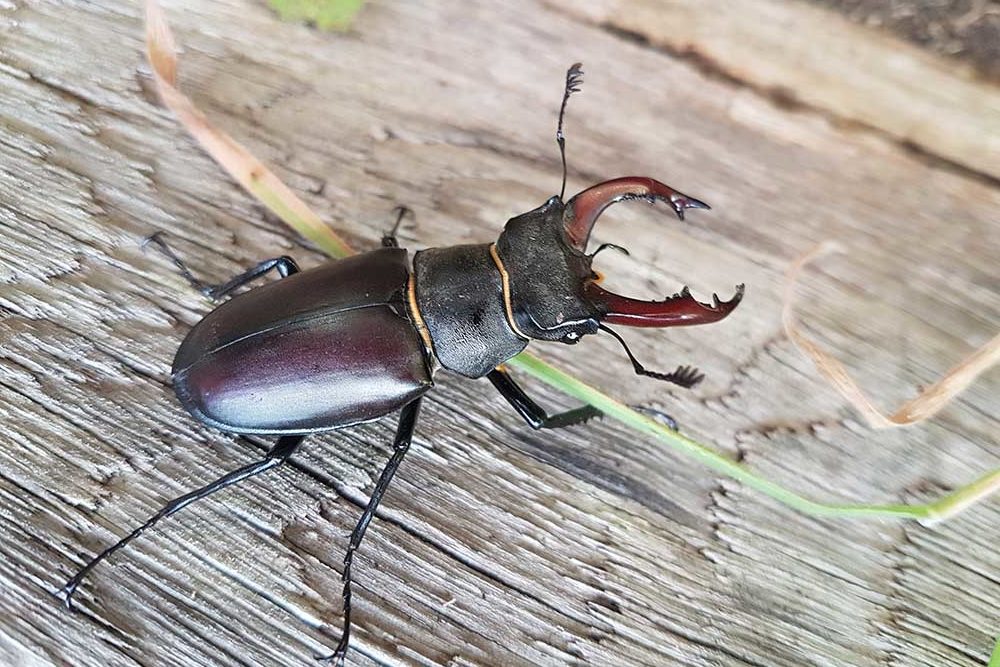
Stag Beetle Facts People S Trust For Endangered Species
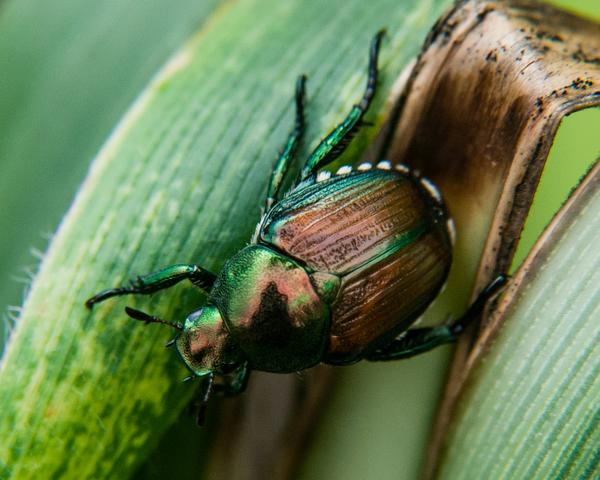
Japanese Beetle Nc State Extension Publications

Information On Plants That Deter Japanese Beetles And Plants Japanese Beetles Avoid

Networx Japanese Beetle How To Control Its Destructive Power

Homoetelus Sp Pumayacu 043 Beetle Insect Bugs And Insects Weird Insects

Pin On Insects Pest Control In The Landscape

Japanese Beetle Wisconsin Vegetable Entomology

Viburnum Leaf Beetle Leaf Beetle Viburnum Viburnum Bush

Life Cycle The Red Lily Beetle Lily Beetle Front Garden Design Red Lily

How To Get Rid Of Japanese Beetles Planet Natural
/June-bug-big-68b1dc172bbf488eabe1d90676a51f01.jpg)



